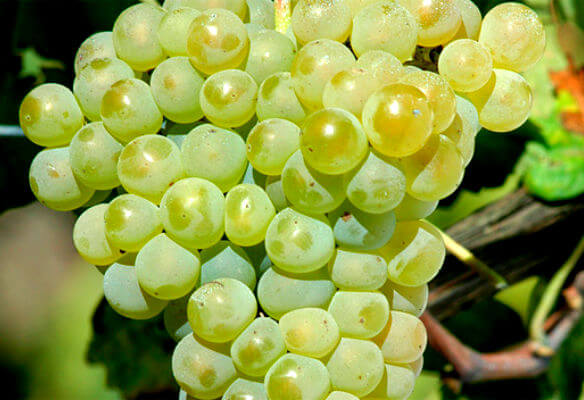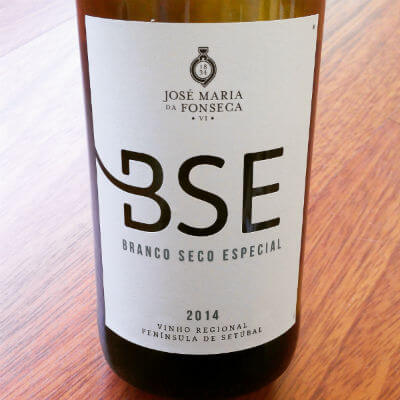Text João Barbosa | Translation Jani Dunne
I have watched oenologists debate the difficulties in producing large amounts and small amounts. Debates may be repeated, and the dialogue will hardly change, because with wine – as with almost anything – scales bring out different results.
The bigger the universe, the lower the rate of excellence. That is why excellence is rare. There is plenty basalt around, yet diamonds are rare. This is one point; another very similar point is quality, generally.
You can take excellent grapes and make a terrible batter out of them. You can take mediocre grapes – as in average –, but you can never make a fine wine with them. Likewise, the health of the berry is equally important across grape categories.
Not all grapes are born to make great wines. Most of what is bottled doesn’t make it to top quality, which is not necessarily bad, or an indication of bad production.

Arinto in confira.info
Oenology, like architecture, is a technical discipline. Drawing a factory requires a different set of skills from those needed to draw a unique home, designed according to its inhabitants.
When planning to make a mass-produced wine, technicians must consider sourcing a large amount of good-quality grapes in order to make a product that will please most people. Dedication must be the same, however, the procedure – due to costs and cash flow – cannot be the same for large-scale production as for small-scale production.
With only a few kilograms of the most beautiful grapes, is it harder to make a great wine, than it is to make a wine for millions of bottles? Or is it easier? The points made in one debate follow:
– It is hard to make a great wine, because that requires a lot of care in identifying the best bunches, the more appropriate techniques, the casks that truly enhance it, the exact ageing time… you can only do it in specific years… you must know how to interpret nature as a whole…
– What’s hard is to make millions of litres with enough quality to be consumed continuously, good enough to make a profit, to draw the consumer’s attention and keep them coming back, and to make it regular in aroma and taste, year after year.
A byzantine discussion. For this producer, the disagreement must be sustained. José Maria da Fonseca produce both wines of mass consumption, successfully – and success is never an accident – as well as author editions and pieces that emerge only if nature allows.

BSE 2014 © Blend All About Wine, Lda
Branco Seco Especial (BSE) is one of the best mass-produced Portuguese wines. Fortunately, Portugal has more and more of this kind of product, whether in quantity or in regular quality.
What does BSE taste like? It tastes like BSE. A friend invited me for tapas at his place. Friends from high school and some colleagues will be there, as will some loud music, and children running about…
– Sancha don’t pull your sister’s hair.
– Rúben, share your playstation.
The lupin-seed-addicts will be there, as will those who love minis (20cl bottles of beer) and don’t like wine. There will be seafood, roast chicken, ham, some smoked sausages, two or three types of cheese, good bread…
It’s a party! A party is a party! And since I don’t feel like waking up the next morning to a grand piano on my head or hearing whispers as if through a loudspeaker, or feeling the taste of cardboard in my mouth, the wine at the party has to be good.
BSE is a safe bet. Just as safe as going to a Chinese restaurant or to a cosy little restaurant where my pockets feel safe – when laziness hits you, or when there’s no food in the fridge. Swiss precision.
Contacts
Quinta da Bassaqueira – Estrada Nacional 10,
2925-542 Vila Nogueira de Azeitão, Setúbal, Portugal
Tel: (+3519 212 197 500
E-mail: info@jmf.pt
Website: www.jmf.pt




Leave a Reply